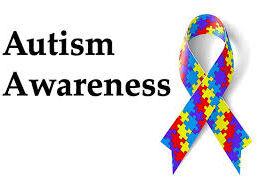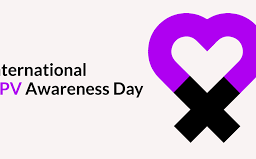
Domestic Violence Awareness: Recognizing the Signs and Seeking Help
Delving into the sensitive realm of domestic violence, we unravel the complexities surrounding this pervasive issue affecting millions worldwide. Domestic violence encompasses physical, sexual, emotional, and financial abuse by a partner, leaving profound and enduring effects. In this exploration, we aim to shed light on the various forms, discuss preventive measures, and emphasize the collective responsibility society holds in fostering awareness, supporting survivors, and building relationships based on respect and equality. Together, let’s understand and address the intricacies of domestic violence for a safer and more compassionate world.

Intimate partner violence, also known as domestic violence, is a serious issue that affects millions of people worldwide. It involves physical, sexual, emotional, or psychological abuse by a current or former partner or spouse. The effects of intimate partner violence can be devastating and long-lasting, leading to physical injuries, mental health problems, and even death. In this post, we will explore the different types of intimate partner violence and the steps that can be taken to prevent and address it.
Types of Domestic Violence
Domestic violence can take many forms, including physical abuse, sexual abuse, emotional abuse, and financial abuse.
Physical abuse involves any type of physical harm or injury, such as hitting, kicking, choking, or using weapons.
Sexual abuse involves any unwanted sexual activity, such as rape or forced sexual acts.
Emotional abuse involves any behavior that undermines a person’s self-worth or self-esteem, such as name-calling, insults, or threats.
Financial abuse involves controlling a person’s finances or resources, such as withholding money or preventing them from working.
Preventing and Addressing Domestic Violence
Preventing and addressing intimate partner violence requires a multi-faceted approach that involves education, awareness, and support. Education and awareness campaigns can help to raise awareness about the issue and provide information about the warning signs of domestic violence. Support services, such as counseling and advocacy programs, can provide victims with the resources they need to escape abusive relationships and rebuild their lives.
The Role of Society in Addressing Domestic Violence
Addressing intimate partner violence also requires a collective effort from society as a whole. This includes holding perpetrators accountable for their actions, supporting victims and survivors of domestic violence, and promoting healthy relationships based on mutual respect and equality. By working together to address this issue, we can create a safer and more equitable society for all.
In conclusion, domestic violence is a serious issue that affects millions of people worldwide. It can take many forms, including physical, sexual, emotional, and financial abuse. Preventing and addressing intimate partner violence requires a multi-faceted approach that involves education, awareness, and support. By working together as a society, we can create a safer and more equitable world for everyone.
Disclaimer: The information provided in this content is for general informational purposes only. It is not intended as medical or healthcare advice, diagnosis, or treatment. Always seek the advice of a qualified healthcare professional with any questions you may have regarding a medical condition or healthcare decisions.
















